“Not only in Heidelberg, but also in the region many have lost their hearts”
Our Rhine-Neckar Golfland is located in the southwest of the Federal Republic of Germany at the confluence of the Neckar and Rhine rivers. It borders the federal states of Baden-Württemberg, Hesse and the Palatinate. It is almost congruent with the Rhine-Neckar metropolitan region.
Because of its economic position alone, we are easily accessible via various motorways such as the A5, A6 and the A 61. Important central stations for ICE and IC trains are Mannheim, Heidelberg and Ludwigshafen. We are also easily accessible by plane, either internationally from Frankfurt, Hahn, Stuttgart, or Baden Airpark, or nationally directly to Mannheim.
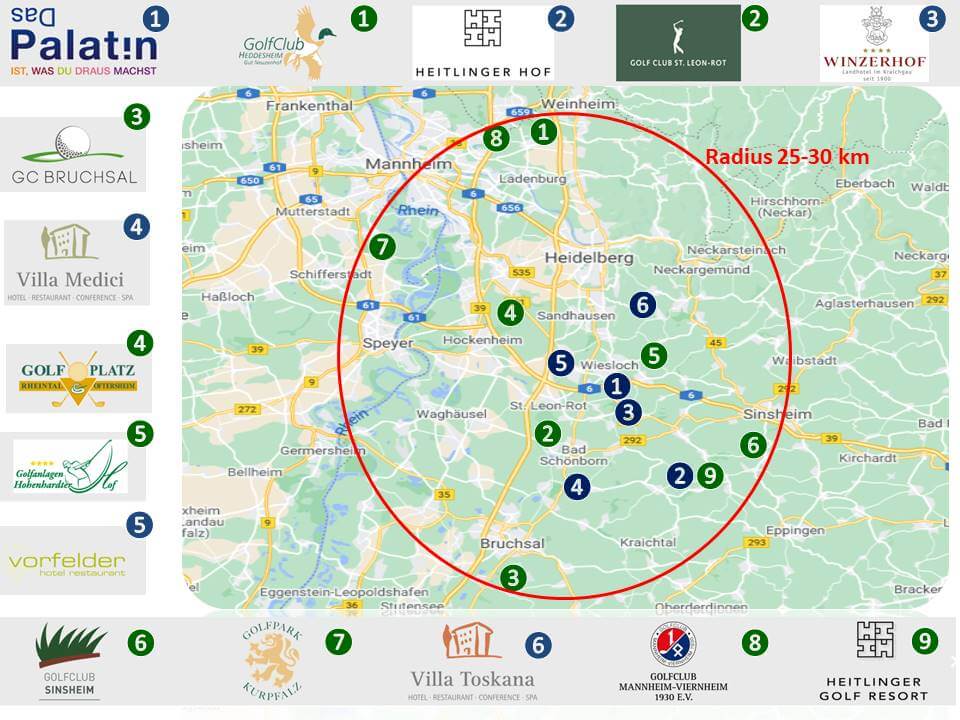
Gourmets and gourmands agree on one point: the cuisine in the Rhine-Neckar district, Kraichgau and the Palatinate is rightly considered one of the best regional cuisines in Germany. Due to their geographical location, Romans, Alemanni, Franconians, Swiss, Alsatians, Württembergers, Palatines, Austrians and French have left their culinary mark on the region. The varied food, but also drinks, especially wine, are the essence of everything, so to speak, with the palette ranging from Schwetzinger asparagus and top Baden wines to Black Forest gâteau. Thanks to the extremely eventful historical past, we owe a diverse selection of sights – from the world-famous Heidelberg Castle to the Speyer Cathedral, one of the three buildings in the Rhine-Neckar Gulf Region declared a World Heritage Site by UNESCO.
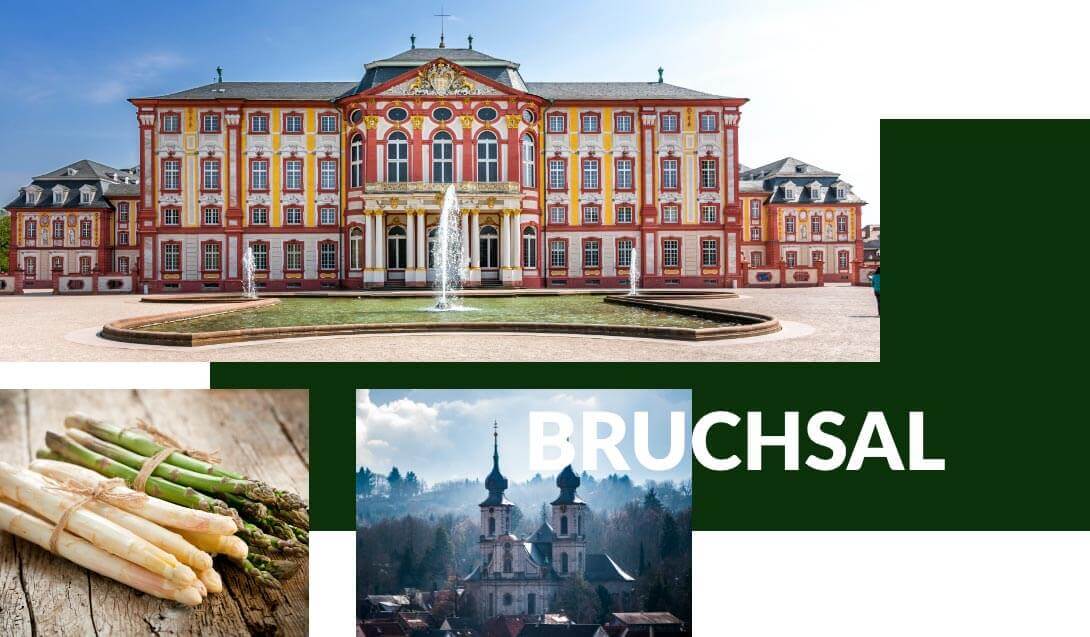 Bruchsal, situated on the edge of the Kraichgau, is a historical town in the district of Karlsruhe. More than 43,000 inhabitants live in it and its districts and its history goes back more than 1000 years. As a well-known asparagus region (“Europe’s most important asparagus market”, Badische Spargelstraße) Bruchsal and the region enjoy a very good reputation. Bruchsal owes its image of the “baroque city” above all to the baroque castle, among other things with the famous staircase by Balthasar Neumann and the museums accommodated there (a must: the German Music Automaton Museum) as
Bruchsal, situated on the edge of the Kraichgau, is a historical town in the district of Karlsruhe. More than 43,000 inhabitants live in it and its districts and its history goes back more than 1000 years. As a well-known asparagus region (“Europe’s most important asparagus market”, Badische Spargelstraße) Bruchsal and the region enjoy a very good reputation. Bruchsal owes its image of the “baroque city” above all to the baroque castle, among other things with the famous staircase by Balthasar Neumann and the museums accommodated there (a must: the German Music Automaton Museum) as
well as the baroque St. Peter’s Church, also built by Neumann. It was the only church to survive the Second World War. Those seeking recreation are recommended to visit the hills of the picturesque Kraichgau. Bruchsal has the right cultural offer for every taste, whether as a baroque town with its famous castle or as a place for cultural events: with exhibitions, open-air concerts at the castle from classical music to rock or the annual asparagus festival in the Bürgerpark, which attracts visitors from near and far.
On the art side a part of the Baden State Museum with elaborately designed, changing and permanent exhibitions. Classics, musicals and modern plays in a colourful mixture are offered by some small private theatres as well as the Badische Landesbühne für Bruchsal and surroundings. In Bruchsal and the region you are not only spoilt for choice when it comes to traditional sports
((basketball, soccer, handball, volleyball, tennis, athletics, etc.), but can also practice more exceptional recreational activities (ballooning, parachuting, golf, paragliding, gliding, etc.).
 The prominent town on the German Wine Route was first mentioned in a document in 699 and received its town charter in 1395. Since 1968, Deidesheim has been a state-approved climatic health resort with a wide range of leisure and sports activities.
The prominent town on the German Wine Route was first mentioned in a document in 699 and received its town charter in 1395. Since 1968, Deidesheim has been a state-approved climatic health resort with a wide range of leisure and sports activities.
The picturesque old town with the parish church St. Ulrich (15th century), the hospital church (1494), the historic town hall and the castle park with the former prince-bishop’s castle invite you to take a stroll through history.
The new city garden with Mediterranean plants is a gathering point for recreation and an ideal backdrop for numerous city and wine festivals.
The holiday region with the villages of Forst, Niederkirchen, Ruppertsberg and Meckenheim is an ideal starting point for hikes in the nearby Palatinate Forest Nature Park.
A visit to the Museum of Wine Culture is highly recommended, as the town was already known as a wine-growing town in 770.
Many historic events are captured in the German Film and Photo Technology Museum in Deidesheim.
Internet: www.deidesheim.de
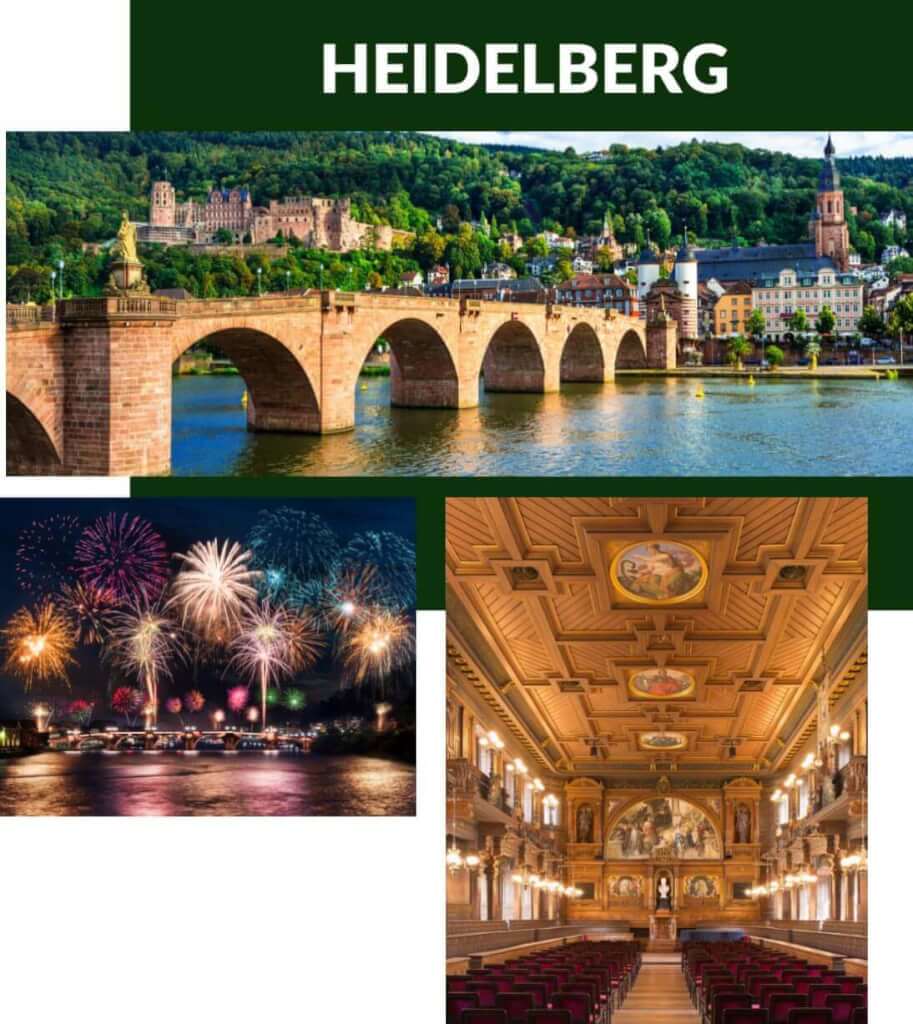 The name Heidelberg is not only synonymous with scenic and urban beauty, the world-famous castle, Germany’s oldest university and historic alleys in the old town, but also with the innovative international city of science with an extremely lively and diverse cultural scene. This attracts people from all over the world.
The name Heidelberg is not only synonymous with scenic and urban beauty, the world-famous castle, Germany’s oldest university and historic alleys in the old town, but also with the innovative international city of science with an extremely lively and diverse cultural scene. This attracts people from all over the world.
Almost 70 to over 100 events are listed daily in Heidelberg’s calendar of events – from exhibitions to world music, from fine arts to theatre. The leisure and cultural landscape in Heidelberg is diverse and sophisticated, offering entertainment, stimulation and encounters for all ages and tastes.
On your stroll through the winding and lovingly tended alleys of the romantic Old Town you will discover, among other things, the Renaissance house “Zum Ritter St. Georg”, the university library with the Codex Manesse (the most famous German song manuscript of the Middle Ages) and the majestic Old Bridge, on which three times a year the brilliant fireworks display with castle illumination takes place. But Heidelberg’s 14 city districts also offer a wealth of sights and attractions, and each one has its own unmistakable charm.
 With 1900 years of uninterrupted city culture, Ladenburg is the oldest German town on the right bank of the Rhine.
With 1900 years of uninterrupted city culture, Ladenburg is the oldest German town on the right bank of the Rhine.
The Roman remains of buildings bear witness to “Lopodunum”, once the capital of the Roman Civitas Ulpia Sueborum Nicrensium. The medieval town centre with the town wall (around 1200), the witch tower and the St. Martin’s Gate bear witness to the early vitality of the town.
Also worth seeing are the Galluskirche (13th-19th century) with crypt from 1006, the Lobdengau Museum in the bishop’s court of Worms (16th-17th century) or the exhibition room in the Carl-Benz-Haus, the former residence of the city’s arguably most famous citizen. Berta Benz, his wife, did pioneering work for all women at the wheel with her historic ride in the Benz patent car! Visit the classic cars on a side trip to the famous Dr. Carl Benz Auto Museum or the new auction house with changing exhibitions of historical toys.
Every second weekend in September, the approximately 12,000 inhabitants invite guests from near and far to the “Ladenburg Old Town Festival”. An attractive music programme and cultural activities as well as the popular flea market take place around the market square and in the lovingly tended alleys.
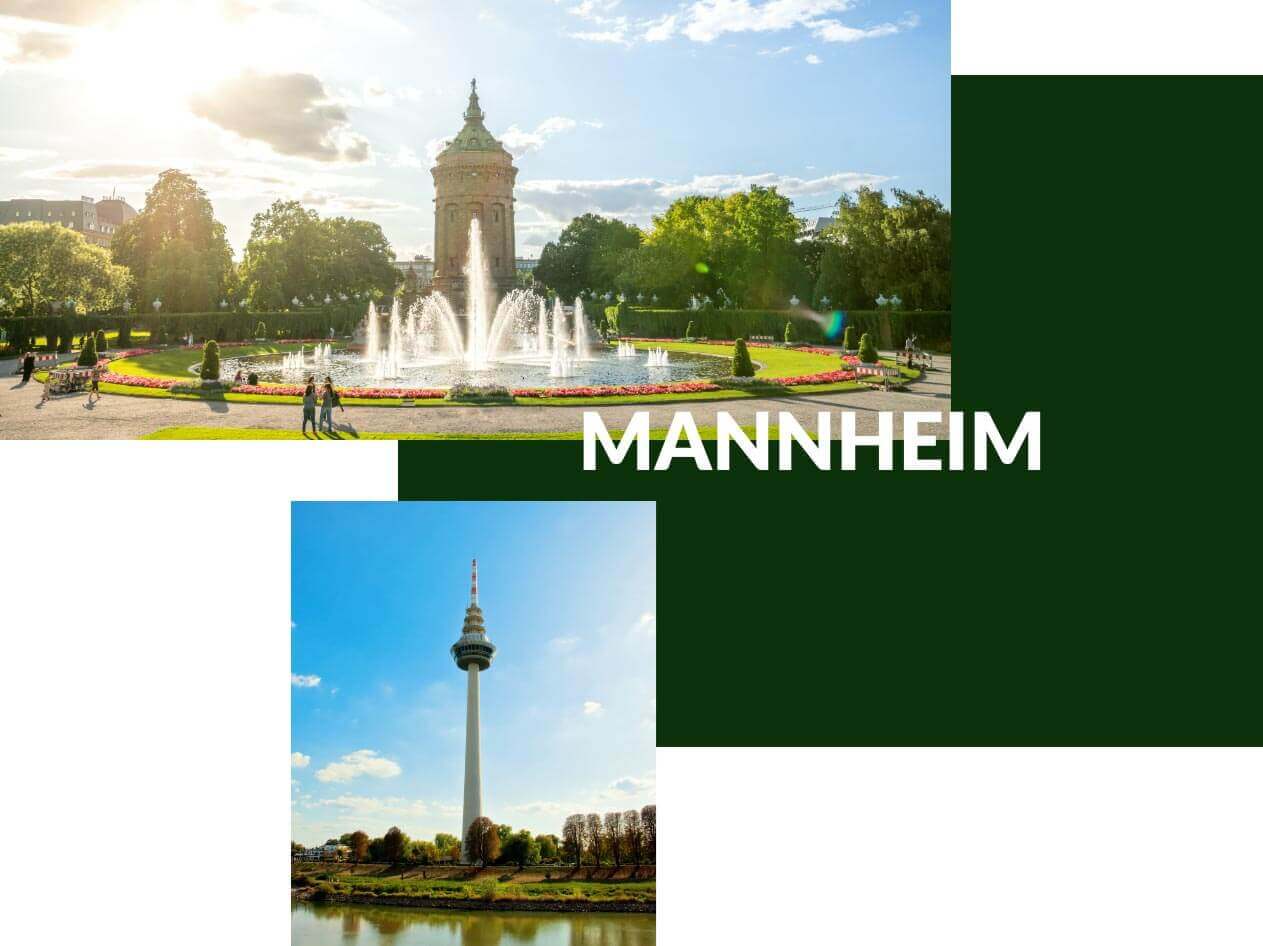 Mannheim is joie de vivre: it explores, it snacks, it chills, it breathes and it tastes… The conditions for this are simply great: two thirds of the city’s area is green and offers unlimited possibilities for leisure and sport. Planken has long been one of the best shopping miles in Germany. Multicultural gastronomy and a lively nightlife with a colourful party scene make the cosmopolitan melting pot, where people from 170 nations live; a place for life.
Mannheim is joie de vivre: it explores, it snacks, it chills, it breathes and it tastes… The conditions for this are simply great: two thirds of the city’s area is green and offers unlimited possibilities for leisure and sport. Planken has long been one of the best shopping miles in Germany. Multicultural gastronomy and a lively nightlife with a colourful party scene make the cosmopolitan melting pot, where people from 170 nations live; a place for life.
What Mannheim gives you: Economic power
Mannheim is an economic powerhouse: it plans, it tackles, it grows, it rolls and it flies… The city is built on the tradition of ideas and impulses. For example, the bicycle, the automobile and the electric lift were invented here! The same energy still drives the city today. Whether in clever start-ups or in powerful corporations that have deliberately chosen Mannheim as their location: The economic and cultural center of the metropolitan region offers around 170,000 attractive jobs – and gigantic opportunities for talents or companies
What Mannheim gives you: Inspiration
Mannheim is inspiration: it discovers, it shapes, it tingles, it flickers and it attracts. The cultural potpourri from 170 nations inspires even widely travelled globetrotters. On the one hand through the large facilities of the pop music stronghold – concert locations such as the Capitol, the Alte Feuerwache or the SAP Arena. With the world-famous National Theatre, which has written theatre and music history in the last 3 centuries! Or with international exhibitions in the Kunsthalle, the Reiss-Engelhorn Museums or the Technoseum. On the other hand, countless smaller music clubs, theatres, galleries, cinemas and creative hot-spots constantly give new impulses to the residents. And vice versa, of course!
Discover for yourself how we bring Mannheim joy to life, give strength to our economy and inspire our city:
http://www.was-gibt-dir-mannheim.de
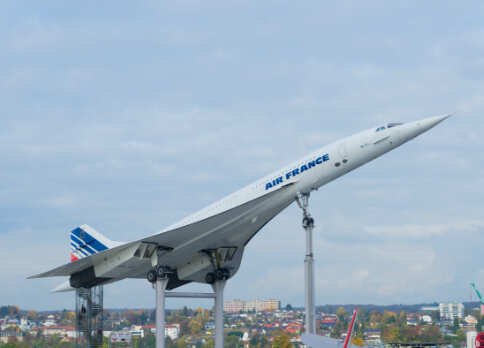
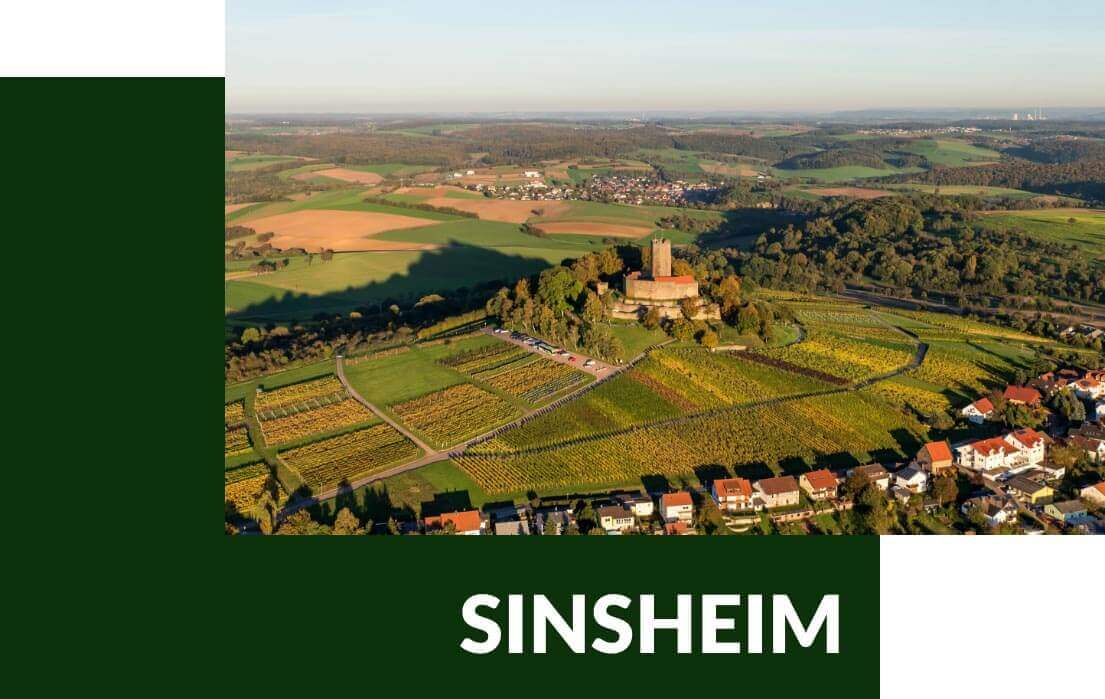 In the northern part of Baden-Württemberg, charmingly situated in the hilly region of the Kraichgau and on the Castle Road, Sinsheim offers guests not only relaxation and peace but also many sights, such as the Auto & Technik Museum, the City and Freedom Museum, the Lark’s Nest – memorial to Frederick the Great, Steinsberg Castle – the compass of the Kraichgau, and much more.
In the northern part of Baden-Württemberg, charmingly situated in the hilly region of the Kraichgau and on the Castle Road, Sinsheim offers guests not only relaxation and peace but also many sights, such as the Auto & Technik Museum, the City and Freedom Museum, the Lark’s Nest – memorial to Frederick the Great, Steinsberg Castle – the compass of the Kraichgau, and much more.
Sinsheim is located on the Kraichgau-Stromberg wine route and is a member of the Kraichgau-Stromberg Tourist Association of the same name.
You can spend your day on the golf course or glider airfield. There is certainly something for you too.
You would like to meet, eat well and sleep? Come to Sinsheim.
Sinsheim, the hospitable town in the Kraichgau region, is looking forward to your visit!
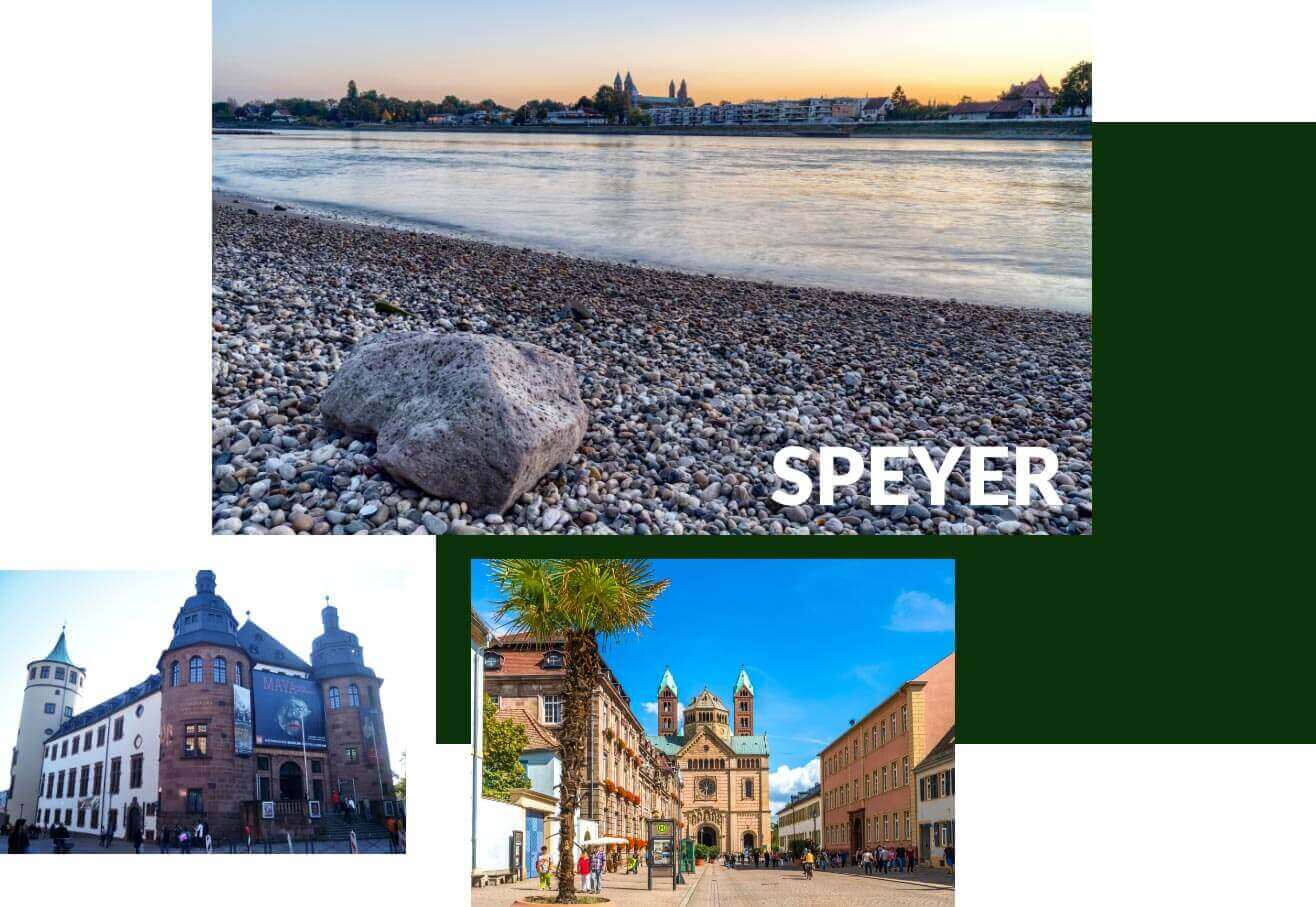 “Set out for Speyer”, as it was said in Goethe’s Götz von Berlichingen. Every year hundreds of thousands of visitors follow this advice of the Privy Council and enjoy the very special flair of the historic cathedral and imperial city on the Rhine.
“Set out for Speyer”, as it was said in Goethe’s Götz von Berlichingen. Every year hundreds of thousands of visitors follow this advice of the Privy Council and enjoy the very special flair of the historic cathedral and imperial city on the Rhine.
Around 1030, Konrad II laid the foundation stone for the city’s landmark, the Romanesque imperial cathedral. As the most important Romanesque building in Germany, the crypt, the burial place of 8 German emperors and kings, was included in the list of UNESCO World Heritage Sites in 1981.
The Historical Museum of the Palatinate presents a diverse collection on the cultural history of the city and the region with exhibits and precious objects from the Stone Age to the present on an area of about 6,000 square metres. In addition to much-acclaimed special exhibitions, the highlights of the museum’s exhibition landscape include the cathedral treasury with the tomb crowns of the Salian emperors, the wine museum and, in particular, the Young Museum.
Our Rhine-Neckar Golfland is located in the southwest of the Federal Republic of Germany at the confluence of the Neckar and Rhine rivers. It borders the federal states of Baden-Württemberg, Hesse and the Palatinate. It is almost congruent with the Rhine-Neckar metropolitan region.
Because of its economic position alone, we are easily accessible via various motorways such as the A5, A6 and the A 61. Important central stations for ICE and IC trains are Mannheim, Heidelberg and Ludwigshafen. We are also easily accessible by plane, either internationally from Frankfurt, Hahn, Stuttgart, or Baden Airpark, or nationally directly to Mannheim.